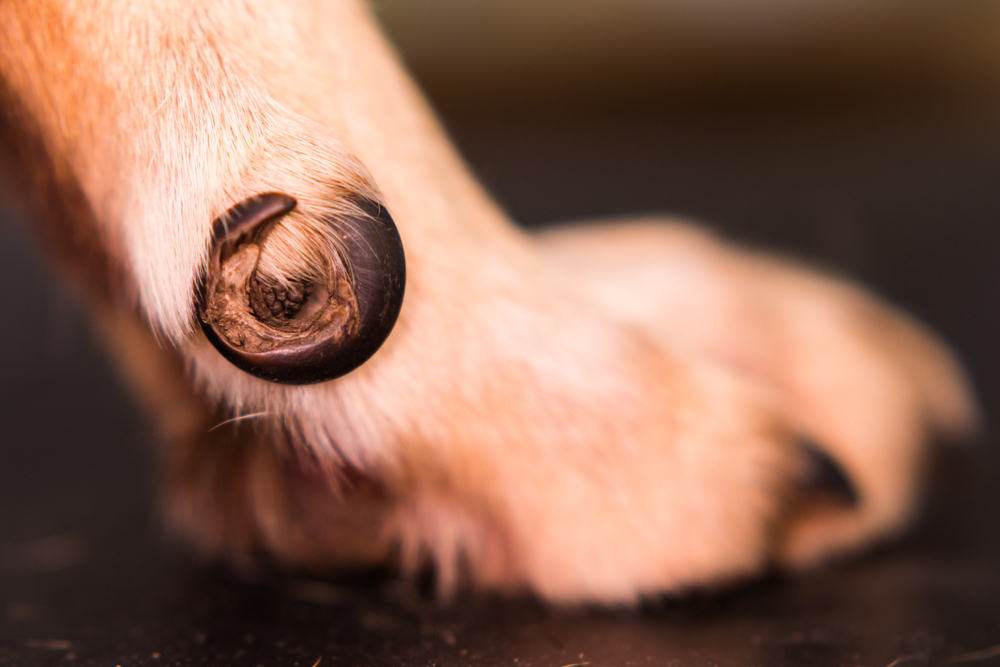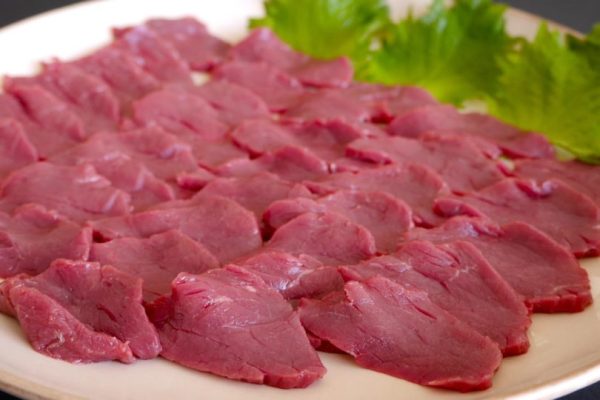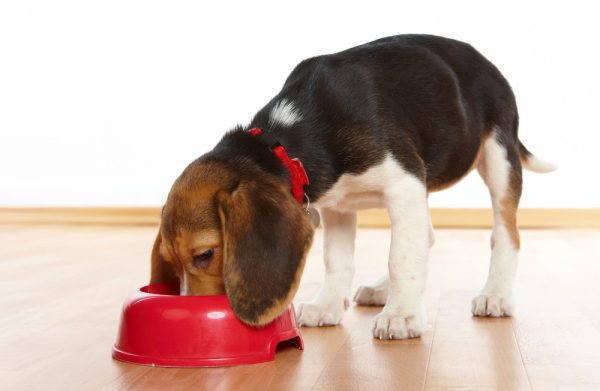Your dog’s paws endure plenty of abuse every day as they run and play, along with a great deal of stress on their nails which they use for traction. In some cases, your pet might suffer from toenail injuries that can range from mild to serious in severity. If you think that your pet is having a problem, read on as we discuss common injuries and what you can do to help your pet heal. We also go over ways that you can reduce the risk of future injuries.

Most Common Toenail Injuries
Split Nails
Nails can split vertically or horizontally due to trauma or weakness. These splits can be painful and may require veterinary attention to prevent infection and heal correctly.
Torn or Broken Nails
Torn nails can occur when the nail catches on something like a carpet, which causes it to partially or completely separate from the nail bed. Trauma can also cause a broken nail. These injuries are usually very painful and often bleed a lot, especially if the quick is damaged or exposed.
Ingrown Nails
Ingrown nails happen when the nail grows round and into the skin or paw pad, causing pain, inflammation, and infection. While it can occur in any breed, it is especially prevalent in breeds with claws that curl more, including Bassett Hounds, Dachshunds, Bulldogs, and Pekingese.


What Are the Signs of a Toenail Injury?
Signs of a toenail injury include limping or favoring one leg, bleeding, whining, licking, and swelling around the nail. With closer inspection, you might see visible damage to the nail, and it might be discolored. If it’s starting to get infected, you might see pus, and you might also notice behavioral changes, with your dog seeming less eager to participate in activities and games than usual. If you notice any of these signs, contact the vet immediately to get advice on getting your pet back to good health.
Did you know you can speak to a veterinarian without having to travel? Just head over to PangoVet. It's our online service where you can talk to a vet online and get the advice you need for your pet — all at an affordable price!

What Are the Causes of Toenail Injuries?
Toenail injuries in dogs can occur for various reasons. In some cases, the nail could get caught in carpeting, upholstery, or gaps in decking, leading to a tear or break. Dogs that run and play hard or spend most of their time on rough terrain are also at an increased risk.
Overgrown nails can cause discomfort and are more likely to get caught on objects, while cutting a dog’s nails too short can expose the quick, leading to bleeding and pain. Some dogs might also chew or bite at their nails, and others get fungal or bacterial infections, which might weaken them. Finally, nutritional deficiencies and immune mediated conditions can also affect a dog’s nails making them more prone to injury.


How Do I Care for a Dog With Toenail Injuries?
- Stop the bleeding by applying gentle pressure to the injury using a clean cloth or gauze. If the bleeding doesn’t stop, styptic powder, cornstarch, or a specialized first-aid pet product can help clot the blood.
- If the paw is dirty, you may need to gently clean the area with warm water and mild pet safe antiseptic once the bleeding is under control.
- Look closely at the injury to determine if you need to make an appointment with a vet.
- If the nail breaks but is still attached, you might need to protect it to prevent further injury by applying a light bandage for a short period until your dog can be seen by a vet. Make sure not to apply the bandage too tightly as this can affect blood circulation to the paw.
- Limit your pet’s activity, and keep walks short and on soft surfaces until the nail starts to heal.
- Check the nail and surrounding area daily for any changes, including redness, swelling, discharge, or an increase in pain, which can be signs of infection. Contact a vet with any concerns.
- Do not allow your dog to lick the affected area as this will increase the risk of infection. If your dog won’t leave the injured nail alone you may need to use an E-collar while it heals.
- If the nail is severely damaged, you can’t stop the bleeding, or there are signs of infection, contact a veterinarian immediately to get advice specific to your pet.
- Provide plenty of reassurance to your dog as they heal, and try to keep them as comfortable as possible.

Frequently Asked Questions
How Can I Tell If My Dog’s Toenail Injury Is Serious?
Signs that your dog’s toenail injury is serious can include excessive bleeding, severe limping and indicators of infection like swelling, pus, or a foul odor. If you notice any of these problems, contact a vet immediately. In addition dogs with immune mediated conditions like lupoid onychodystrophy or nutritional deficiencies will likely suffer from repeated toe nail injuries due to the abnormal and weaker nails.
Will My Dog’s Toenail Heal on Its Own?
Some minor toenail injuries can heal on their own. However, if your dog is in pain, the quick is exposed, there are signs of infection or the nail is broken but still attached, then veterinary attention is required. Contacting a vet and describing the injury is often the best way to proceed.
How Can I Prevent My Dog From Getting Toenail Injuries?
Reduce the risk of toenail injuries by monitoring nail length and condition, and make sure your dog is on a good quality diet that contains all the nutrients needed to keep their nails healthy. Keep toenails trimmed to reduce the risk of them catching on something. Checking your dog’s paws regularly for signs of injury or discomfort can help you pick up and treat any problems more quickly.

How Can I Make My Dog More Comfortable While Their Toenail Injury Heals?
You can keep your pet comfortable while they heal by minimizing non-essential walking and keeping them on softer surfaces like grass. They also should have a quiet and comfortable resting area.

Conclusion
Dogs can get toenail injuries just like humans can, and they can have split, torn, broken, and ingrown nails that can cause pain and discomfort. In some minor cases, the nail can heal without any treatment. However, if you notice uncontrollable bleeding or a foul odor signifying infection, it’s a good idea to call a vet. If your dog seems to be in pain, the nail is hanging off, or the quick is exposed, talk to a veterinarian for proper guidance. Reduce the risk of nail injuries by making sure you feed a high quality diet and get your dog’s nails trimmed regularly, especially when you hear them clicking on the floor.
Featured Image Credit: Albina Gavrilovic, Shutterstock


















